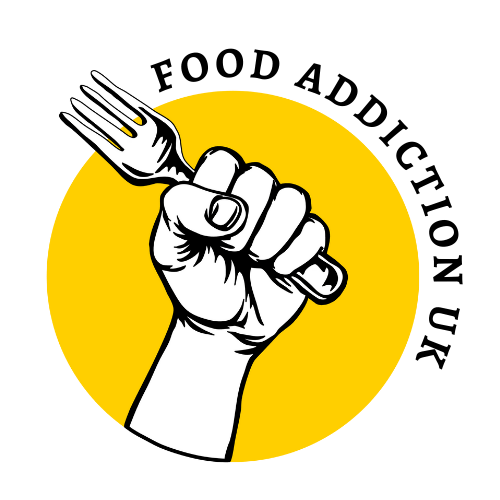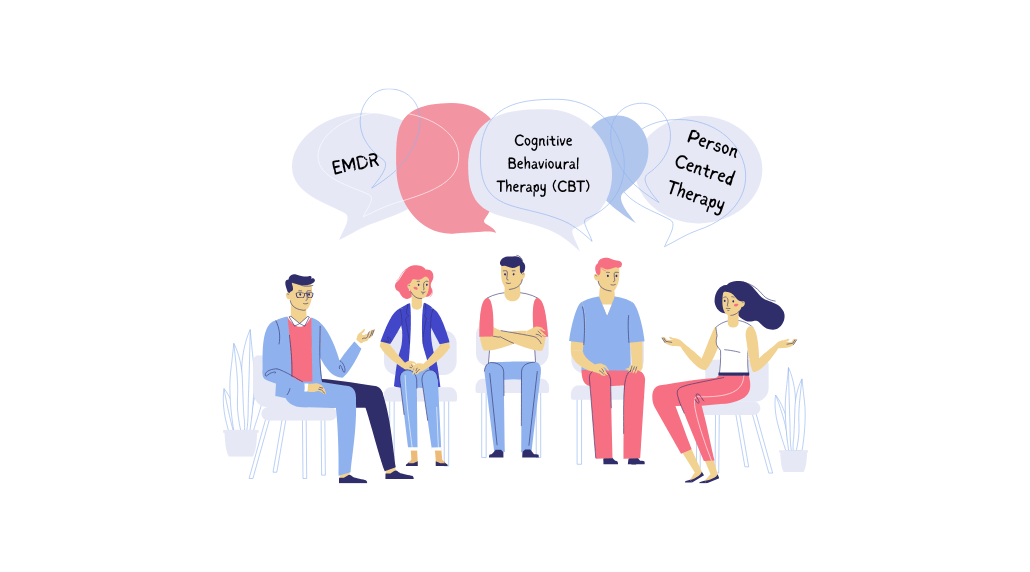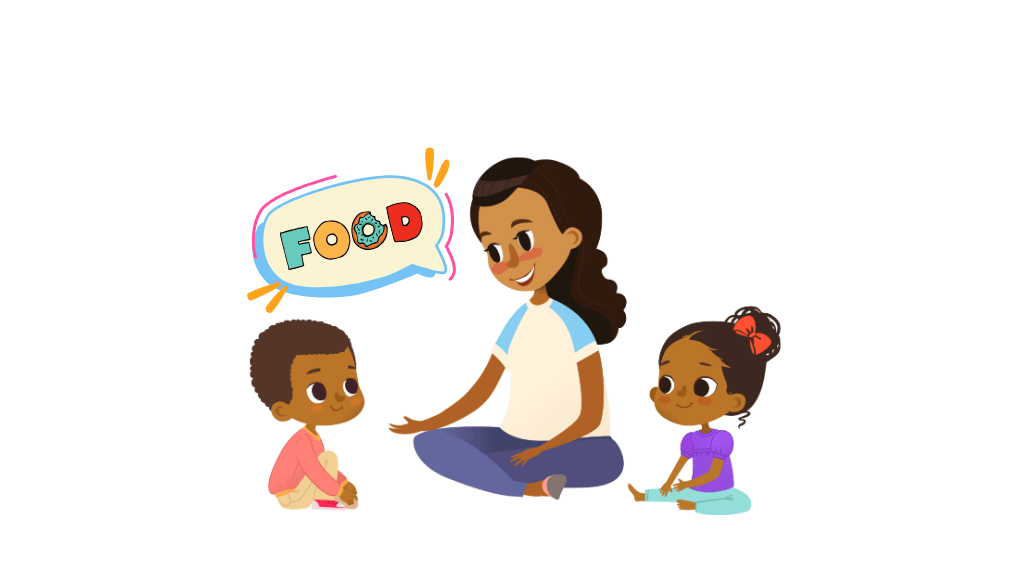How to Use Visualisation Techniques to Manage Cravings
When a craving hits, it can feel like a tidal wave - strong, urgent, and almost impossible to resist. Whether it’s the siren call of the biscuit tin at 9pm, or the impulse to reach for fast food after a stressful day, cravings are more than just about food. They’re often emotional, habitual, and deeply rooted in the brain’s reward system.
One powerful tool that can help you ride the wave instead of being swept away is visualisation. It’s simple, free, and something you can do anywhere - no special equipment or expertise needed.
In this post, we’ll explore how visualisation works, why it helps, and a few easy ways to start using it today to support your recovery from food addiction.
What Is Visualisation?
Visualisation (also known as mental imagery or guided imagery) involves using your imagination to create mental pictures that calm the nervous system, shift focus, and help you manage your thoughts and urges more intentionally. It’s a bit like daydreaming on purpose - but with a purpose.
Instead of following the usual cycle of:
Craving - temptation - guilt or giving in
You can try:
Craving - pause - visualise - respond calmly
It creates space, and in that space, you can choose differently.
Why Does Visualisation Help with Cravings?
Cravings feel intense because they light up the reward centres of the brain. Your body is experiencing a “hit” of dopamine - the feel-good chemical you’ve trained yourself to get from food. Visualisation works by interrupting this cycle, calming the brain and body, and giving your mind something else to focus on. Here’s how it helps:
Reduces anxiety by engaging the parasympathetic nervous system (your “rest and digest” mode).
Interrupts automatic behaviours by shifting your attention to a new mental state.
Reinforces new habits by mentally rehearsing the choices you want to make.
Connects you with your values, not just the short-term desire.
And the more you practice, the easier it becomes to pause, breathe, and make empowered choices.
Visualisation Techniques to Try
1. The Calm Place Technique
When you feel a craving creeping in, close your eyes and imagine a place where you feel safe, relaxed, and at peace. It could be a beach, a forest, a cosy corner of your home - anywhere that soothes you.
What to do:
Close your eyes, breathe deeply, and picture the colours, sounds, and sensations.
Imagine the feeling of safety and warmth washing over you.
Stay there for a few minutes, allowing the craving to pass like a wave.
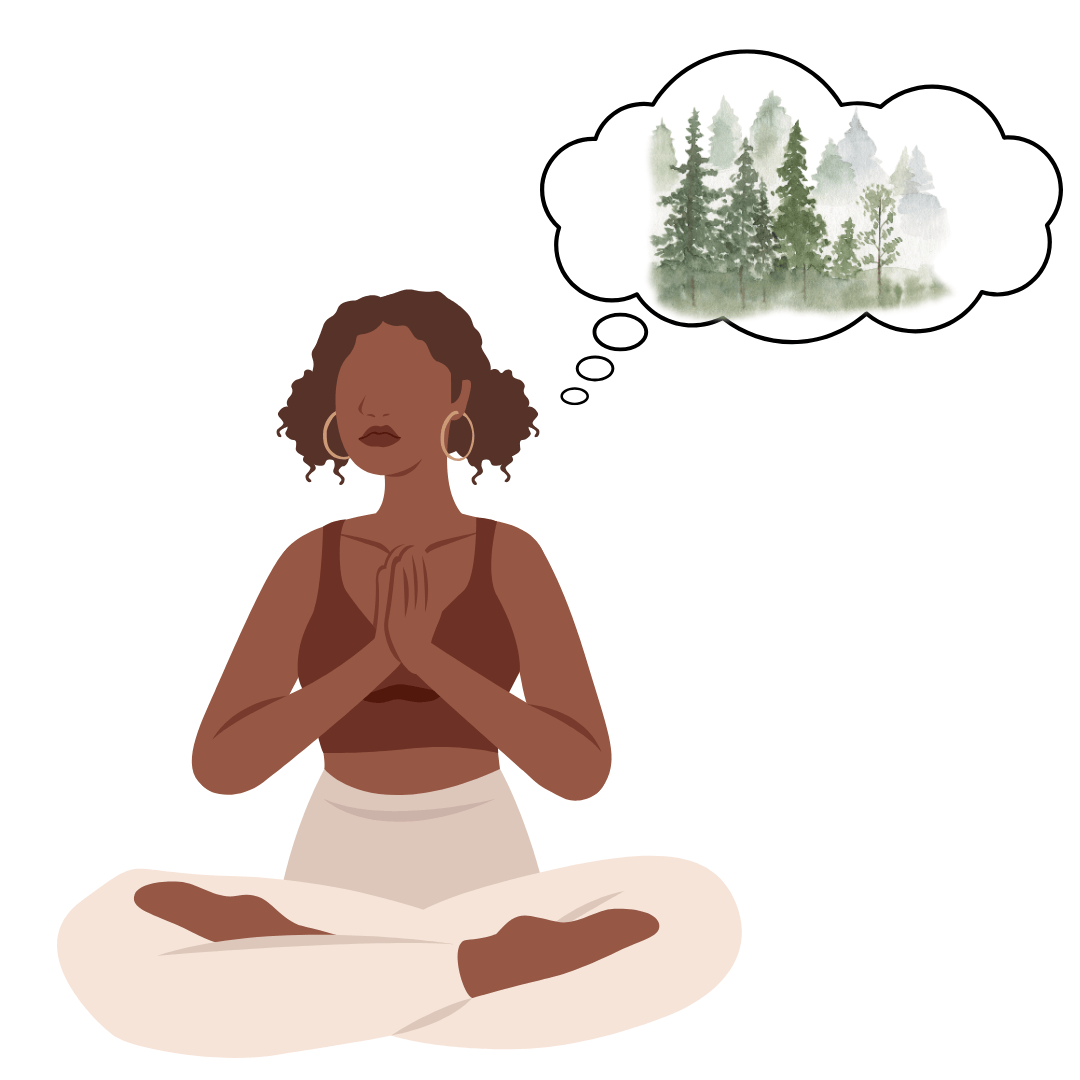
This is ideal for when you’re feeling stressed, anxious, or overwhelmed.
2. Future You Visualisation
Picture the version of yourself who has a peaceful, balanced relationship with food. The one who responds to cravings with compassion and calm, who feels strong and aligned with their values.
What to do:
Imagine what the future you looks like, feels like, and how they move through the day.
See them pausing, taking a breath, and making a nourishing choice.
Let that version of you guide you in this moment - you already have the wisdom inside you.
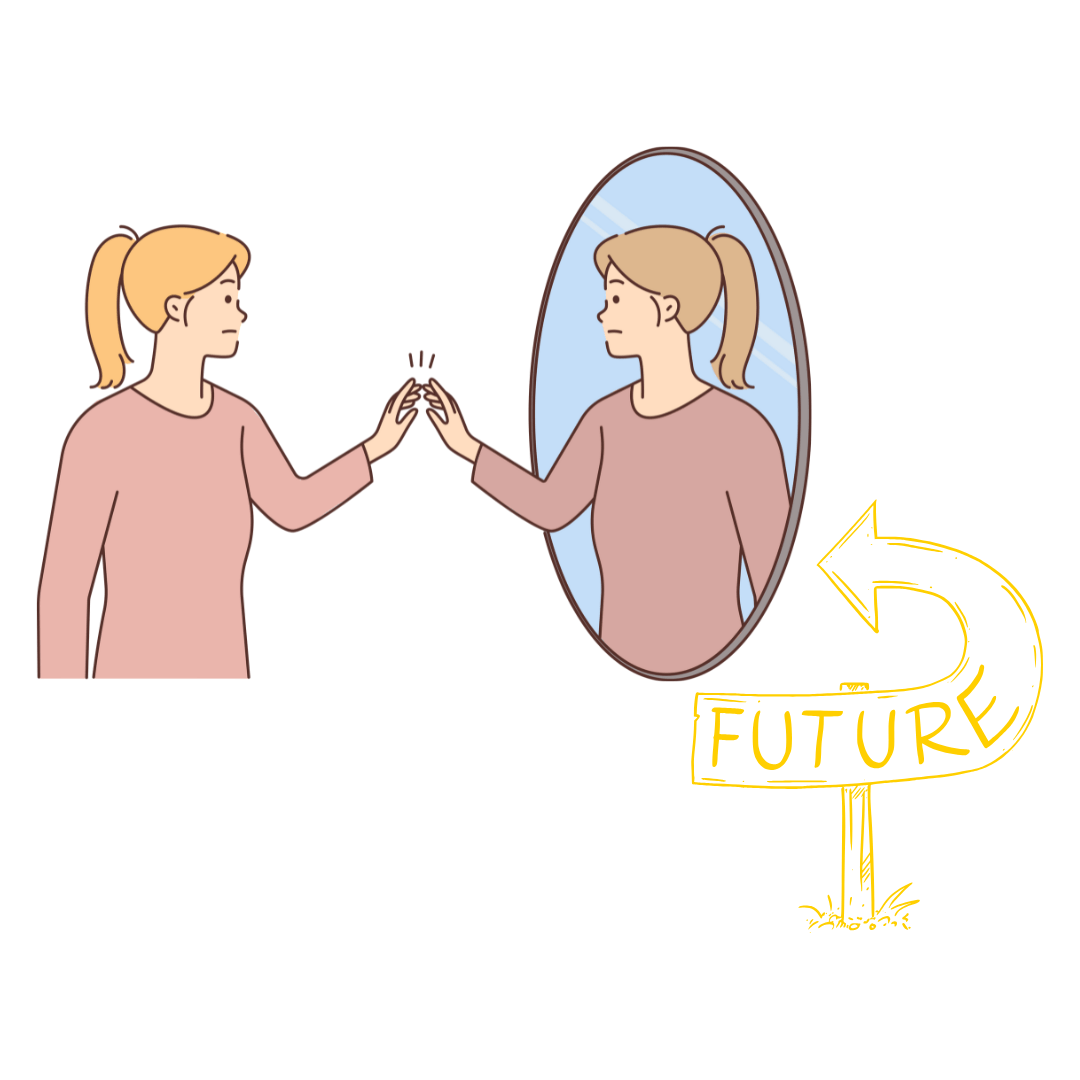
This helps reconnect you to your why and your long-term goals, rather than acting on impulse.
3. The Craving as a Wave
Cravings are temporary. They rise, peak, and eventually fall. This visualisation helps you ride them out.
What to do:
Close your eyes and imagine the cravings as a wave in the ocean.
See it rising...peaking...and slowly fading away.
Remind yourself: This will pass. I don’t have to act on it.
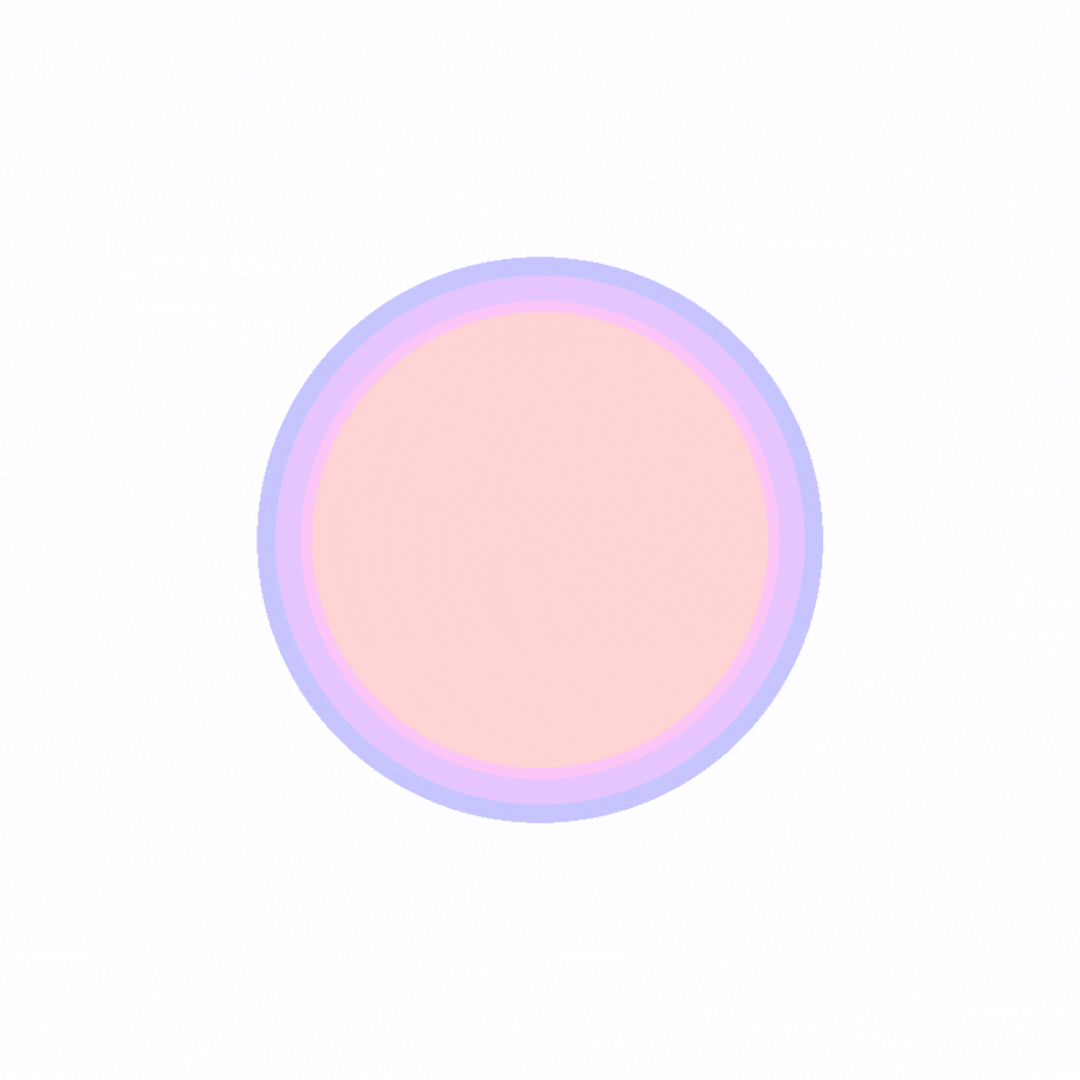
This is especially helpful when you feel panicked or like the craving will last forever (it won’t!).
4. Visualising a Different Outcome
If you often feel guilt or regret after giving in to a craving, try rehearsing a different choice in your mind.
What to do:
Mentally replay a moment you would normally turn to food.
Visualise yourself making a different choice: going for a walk, calling a friend, making a cup of tea.
Picture yourself feeling proud and peaceful afterwards.
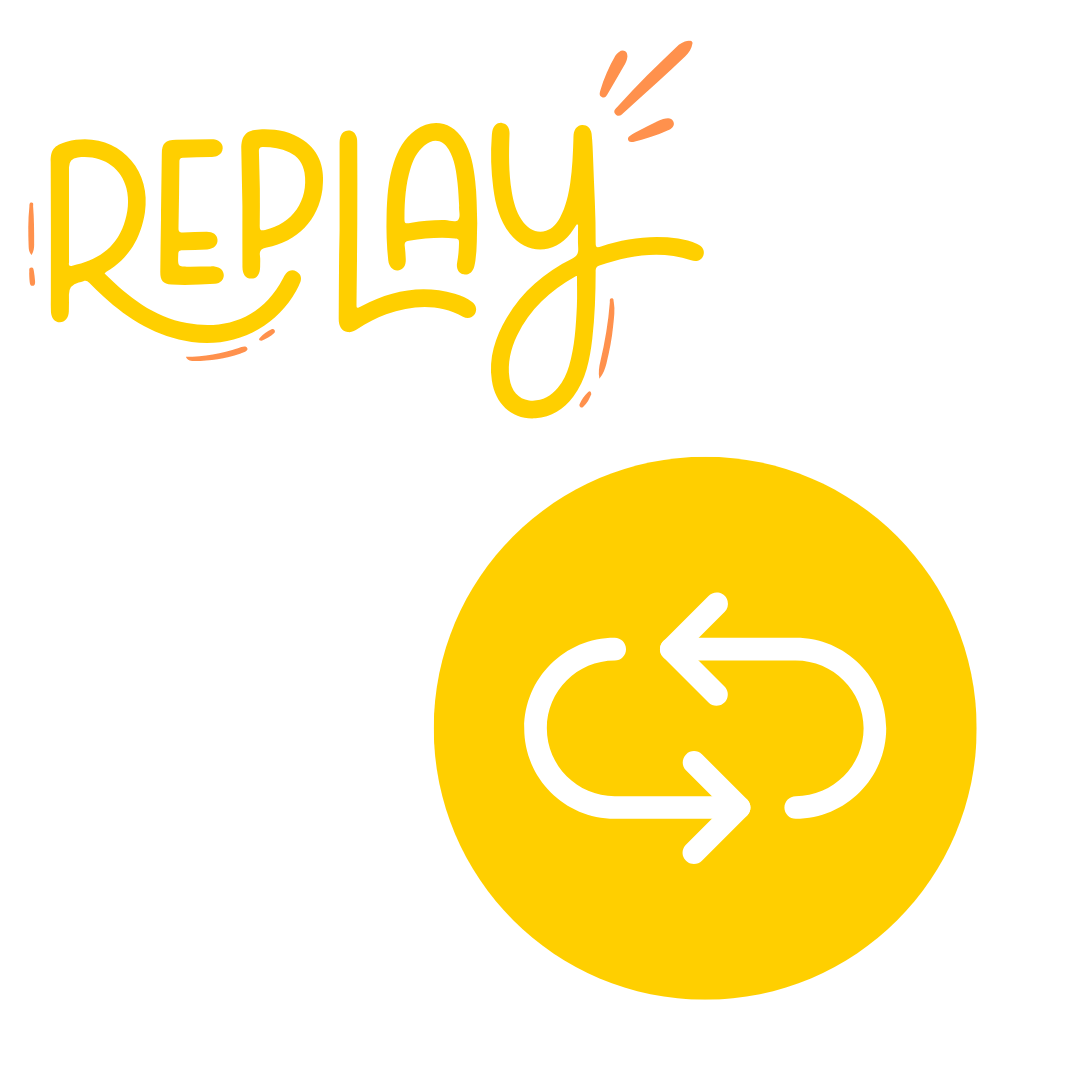
You’re training your brain to believe another path is possible, and that you’re capable of walking it.
Tips for Making Visualisation Work for You
Practice when you’re calm. Like any skill, it’s easier to access in a stressful moment if you’ve practices beforehand.
Pair it with deep breathing. Slow breaths help anchor the visual and calm your body.
Use all your senses. What do you see, hear, smell, feel? The more immersive, the more effective.
Don’t expect perfection. Some days your brain will wander, and that’s okay. Keep coming back to the image.
Try guided audio visualisation. If you find it hard to create scenes on your own, YouTube have plenty of free ones.
Final Thoughts: You Are Not Powerless
You are not weak for having cravings. You are not failing when they show up. Cravings are part of being human, especially when food has been a source of comfort or control in your life. But you can learn to respond differently. Visualisation is one of many tools in your recovery toolbox. It invites you to pause, breathe, and imagine a different outcome, and over time, those imagined outcomes become your reality. Every time you choose calm over chaos, you’re creating a new path in your brain. That’s healing. That’s power. That’s recovery.
Copyright © 2025 · Food Addiction UK

